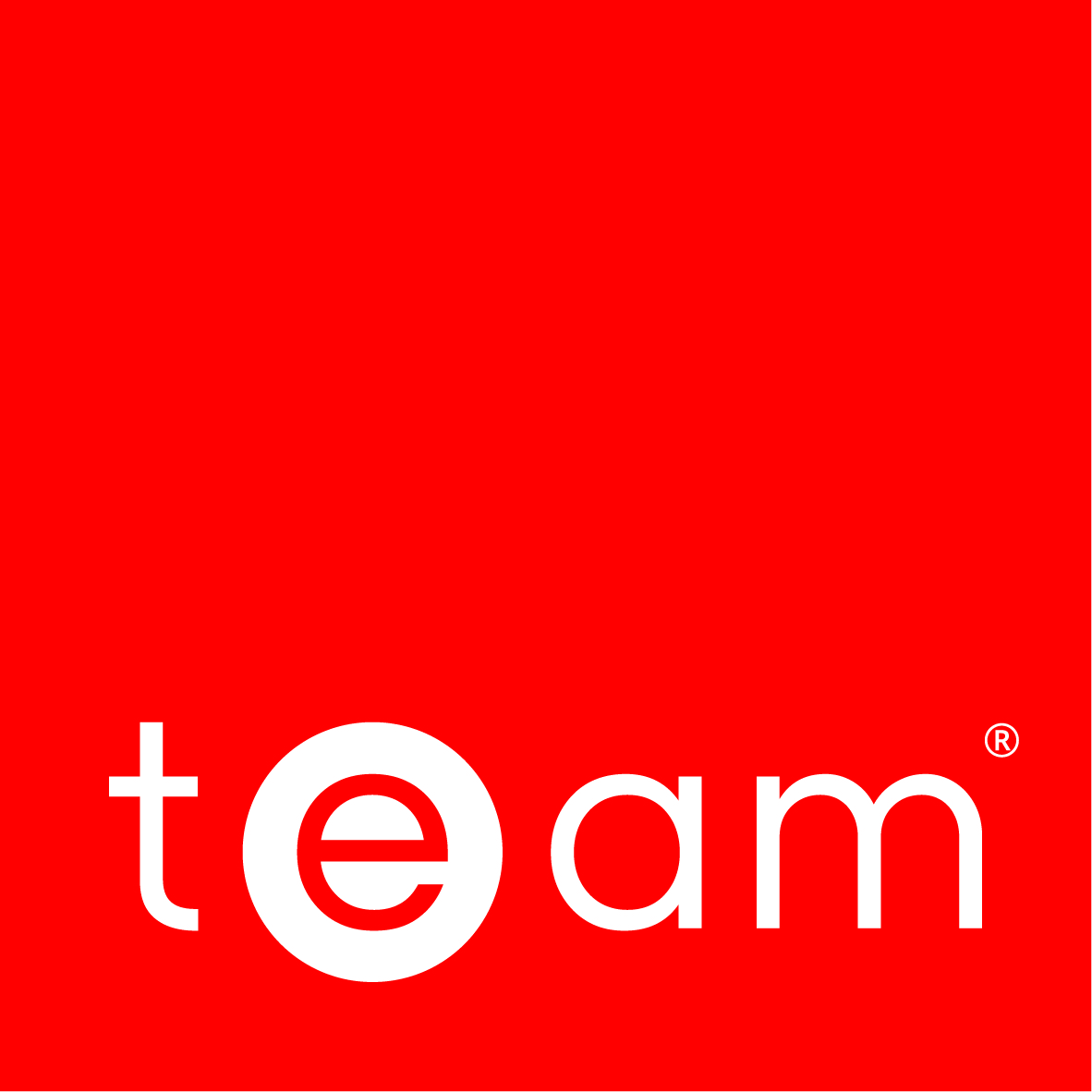Now that you have done the background work to select and prioritise the energy efficiency project best suited to your business, you need to present and demonstrate its value to get support and buy in from your senior team.
So, in this blog, we will be giving advice about making your best case.
Building a business case to shine a light on energy efficiency
Implementing energy efficiency projects can help companies save money and manage risks by reducing their operating costs, which can also help to offset the impact of energy price increases. They can also enhance productivity and business competitiveness, make premises more comfortable for employees and customers, redirect money saved to investments, and advance green credentials and reputation.
In the board room energy efficiency projects have often found it hard to compete for funding; historically, such investments fell into a ‘discretionary’ category. Often, they are not seen as essential for sustaining or growing the business or for regulatory compliance. Tending to be smaller scale than other projects being dealt with, they may not get prioritised by your board, directors, or other senior decision makers.
A business case that stacks up financially is not always enough to convince those decision makers, so how you position your business case and the information you include can improve your chances of success.
What does a compelling business case look like?
A compelling and thorough case should include detail in these 5 areas:
- A full evaluation of the financial case of the project
- Analysis of the total value of the project to your organisation
- Details of how the project aligns with stated business objectives and policies
- A comprehensive list of benefits
- Considered key risks and the strategies in place to mitigate them.
What decision makers want
Decision makers will be interested in cost reduction, improved environmental performance, connecting the project to the business’ net zero strategy, or enhanced corporate reputation. Ideally your project will offer tempting financial return as well as worthwhile additional benefits.
Focusing on the project benefits and how it aligns to the business is the most likely way to get decision makers on side.
Suggesting a pilot project and showing its results, evaluating the findings, and addressing any issues can give assurance against business risks. However, for larger projects, a detailed feasibility study will give a greater level of assurance from independent experts, suppliers, and installers that the expected cost and energy savings are achievable in their case.
While conducting a feasibility study in house sounds time consuming, outsourcing to another provider can save your resource and provide a more detailed, and independent overview which can help the validity of your business case.
Find a senior project sponsor
Enlisting the support of someone at an appropriate level who can act as a supporter of your proposal can make a big difference. In small organisations this might be the owner or board member whom you know to be interested. In a large company, it might be a department head or senior management representative. A project sponsor will help you to understand the perspective of the decision makers you are trying to influence and have a wider appreciation of related business issues that should be considered.
Not only can they advocate for your project recommendation on the day the decision is taken, but in the crucial phase beforehand they can consult and reassure other senior decision makers. They may even be able to share examples of past proposals that they would regard as exemplary.
Highlight other successes
Reputation is a key factor. Highlighting the success of previous projects makes the case for your project much easier. You will be able to draw on examples of energy savings your business has previously delivered to reassure decision makers of the value of investment in energy efficiency projects.
Where it is not possible to show this, for example if this is your first energy project, then look elsewhere for case studies. Often suppliers will be able to provide examples with benefits analysis of where they have successfully completed a project before to add to your business case.
It can also be helpful to reach out to organisations in the same sector as yourself that might be happy to share information about similar projects they have implemented.
Writing and presenting your proposal
Providing a well thought through executive summary will help engage key decision makers from the outset. The project is likely to be technical in nature so write in a clear and logical style, avoiding jargon and explaining abbreviations, and introduce a lay person’s explanation of the chosen technology in your proposal.
Focus on one clear recommendation that the senior decision makers can endorse. Summarise alternatives as it is a good idea to show that you have considered them.
When presenting your business case, have the appropriate analysis of the costs, benefits, risks, and an implementation timetable to hand should there be questions or further detail needed. It can also be helpful to lay out how the success of the project will be measured both short and long term, with clear milestones delivered to your senior team so they can see their return on investment both in cash savings and other measurable efficiencies, such as emissions or energy use.
If you are looking to implement energy efficiency projects to improve the overall performance of your building, or to pave the way for net zero success, our consultants can help you build an energy strategy and realise your sustainability goals. Call our team today on 01908 690018 or contact us.
